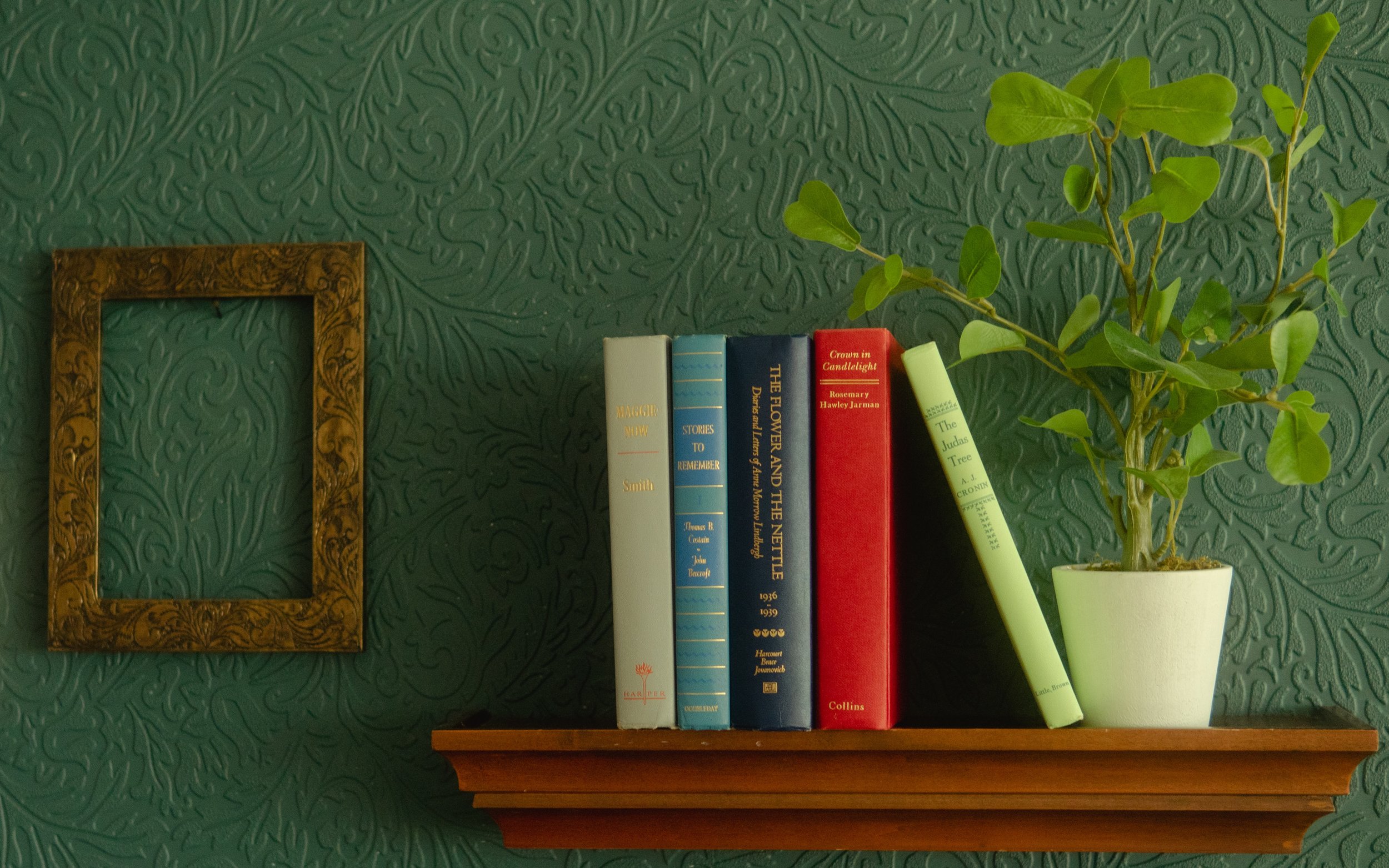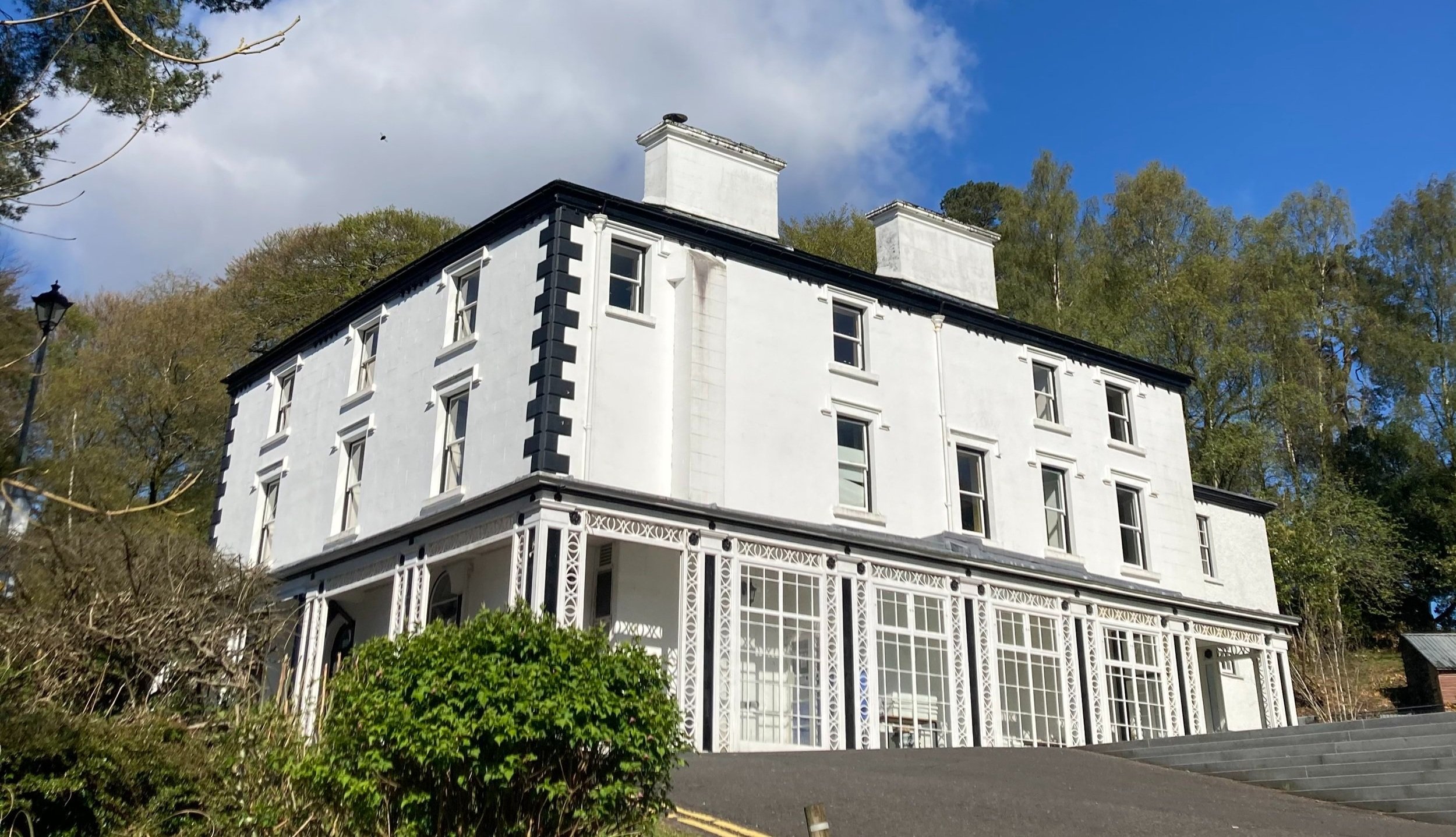Charlotte Mason in a nutshell
Meeting Charlotte
I have been researching the work of Charlotte Mason for the past 15 years. But more than this, I have also actively been putting her philosophy into practice as a home educator with my four children and it has been transformational.
For me it is a more than a research project. I feel personally been mentored through her work. I find her approach to education and childhood both revolutionary and refreshing. I loved her advice to mothers (even though she wasn’t a mother herself) which was a reminder to play and to continue learning no matter what.
Charlotte Mason was a self-directed learner, Author, a Poet and a first-class teacher of children and adults. She was a revolutionary educator and an exemplary leader in her time. She spent the last 50 years of her life in a big white house in Ambleside, called Scale How, training leaders in education, mentoring teachers and empowering governesses. As a practitioner not just a theorist, she wrote down her decades of experience in Six Volumes on Home Education, leaving the legacy that many of us enjoy the benefits of today with our own children.
She was deeply driven by a motto and motivation which can be summed up as “For the children’s sake”.
““It may be that the souls of all children are waiting for the call of knowledge to awaken them to delightful living.””
A life of Resilience
Charlotte Maria Shaw Mason was born on January 1st, 1842, in Bangor, North Wales to Margaret and Joshua Mason. They lived in various places from Dublin to Isle of Man, then onto Birkenhead and Merseyside. Just months after Charlotte’s 17th birthday, both her parents had sadly died leaving her an Orphan. From her early teens Charlotte had already started a pupil-teacher apprenticeship and her journey into teaching. After her father had died in 1859, she won a second-class Queens scholarship to train at the Home and Colonial Training College, known as Ho and Co in London.
The resilient Charlotte continued to train, even through personal illness, and was awarded various certificates including a first-class certificate for “teachers in charge of schools”. This resulted in her becoming a mistress at an infant school in Worthing, Sussex, then the Senior Governess at the Bishop Otter Memorial College for Gentlewomen in Chichester.
Charlotte’s illness was possibly a heart issue that we don’t know a lot about. We do know she regularly traveled to various places around Europe for some kind of mineral bath treatments and had to leave her work in schools to recuperate. By 1879 she was living in Bradford, and here she wrote and published her first book, a Geography book for children called The Forty Shires. This was a woman who always seemed to deliver even against the odds.
A life of Influence
Her time in Bradford was the catalyst for what she became widely known for. Firstly, it was the birthplace of her 6 volumes of educational books, and secondly the origin of The Parents' National Educational Union (PNEU) which represented schools and homeschool rooms initially in England, and eventually thanks to Miss Mason’s beloved colleague Henrietta Franklin, around the World.
Charlotte didn’t have her own children and she never married but had a close-knit circle of friends and confidants whom she worked with, traveled with, and shared life with. She was known for her open face, smiling eyes and generous heart. She won the respect and love of all those around her, and always had something to give.
Charlotte Mason was known as a revolutionary educational thinker, a philosopher and proponent of all children being the recipient of a liberal (wide) and living education. She was a women of faith and a devout member of the Anglican church despite the Catholic and Quaker influences from her parents, and her educational philosophy is based on her belief that the Holy Spirit is our ultimate teacher. God’s spirit is the one who connects us with great thought, wisdom, and knowledge from the teachers and creators gone before us.
The tributes after her death in 1923, gathered in a book called In Memoriam, show this consistent affection for her work, her interests, and her leadership. There are many lovely quotes about her life, but one ex-student from the In Memoriam volume commented specifically on her love for people and books:
“How she loved books! That is to say real living books. She used to talk to us about them in such a loving way as if they were personal friends. Often as not, I fear, we students had not read the particular books, but she always left us with a desire to read them.”
A life of Principles
Miss Mason held 20 Principles about Education which are woven throughout her work, and you can read them at the beginning of each of her 6 volumes. But she herself says in volume 1 that:
“A few broad essential principles cover the whole field, and these once fully laid hold of, it is as easy and natural to act upon them as it is to act upon our knowledge of such facts as fire burns and water flows.”
Many believe that the essential principles are twofold. Namely that “children are born persons” and “education is the science of relations”. This means children are born whole, ready, and capable of processing the world around them. We shouldn’t dumb down their early existence. It also means, that all knowledge is connected when received in a natural, living way, and when children are given the opportunity to reciprocate and respond to what they have heard or experienced. These two simple adjustments of how we view children and how we view education have revolutionised my personal approach to learning.
Charlotte believed, inspired by poet and education inspector Matthew Arnold, that education is an atmosphere, a discipline, and a life. She taught that children are educated from the unseen ideas and values that they live around. We all learn out of habit, intentional or unintentional as that may be. Knowledge is gained from living ideas heard and encountered by our interactions with books and things around us. This has a huge impact on the attitude, atmosphere and attributes we create in our home.
Some of the key components of a Charlotte Mason education are an emphasis on being outside in nature, using living books (books that have a narrative and are a page turner, as opposed to dry textbooks), short lessons, using narration (telling back), exposing children to poetry, great works of art, classical and folk music among many other factors.
Scale How in Ambleside - Lake District
A life of Legacy
Today there are thousands of home educators all over the world inspired by Charlotte Mason’s philosophy and practicing her methods in their homes. Whether thinking about the bustling home school rooms, the online forums that share hints and tips, or the Mothers who gather together to carry the flame onward, there is no doubt that she has left a legacy.
Some of you may know that I actually have a book being published in early 2023, the timing beautifully coincides with Charlotte Mason’s centenary - called “Modern Miss Mason”. There’s one particular story (shared unedited below) that speaks so much of Charlotte Mason’s character and influence, so I thought I’d finish by sharing it straight from the manuscript (but don’t tell anyone else).
“During a recent visit to Ambleside, I was privileged to have a guided tour around Scale How, Miss Mason’s House of Education. I was already in awe of the opportunity to walk the same staircases Miss Mason did all those years ago. As I slid my hand up the Georgian wooden banister, I wondered how many times a day she’d graced these same steps, and stared out of the window from the top of the stairs, onto the tree lined courtyard.
As the Building Manager walked me around the back of the House of Education, he casually said to me “Have you heard the story of the Millet room?” to which I answered wide eyed and eager to hear “no, do tell!” I’d obviously skimmed past the slight mentions of this story in both biographies about Charlotte Mason, but on returning home I eagerly got to work to discover the story in detail.
At the back of Scale How, there’s a room with a stone carved label on the outside that says “Millet”. The artist, Fred Yates, was asked to give a talk to Charlotte Mason’s trainee governesses during his Ambleside visit. He was a confident and experienced lecturer on the work of J.F. Millet and as he didn’t come to Ambleside equipped with reproductions or a slideshow. The story is told in the Book, In Memoriam, that he merely went ahead and drew with charcoal on the walls of the handcraft rooms, stating ‘“What a lovely surface,” and that “Charcoal will easily rub off.”’ Charlotte Mason, however, “insisted that the drawings should be fixed to preserve them for students to come.”
Nine of the reproductions that Yates drew that day are still left on the walls of the University Building. As I slowly lingered and looked at Yates’ charcoal copies of Millet’s The Sower and Washer Women with the oral retelling from the building manager ringing in my ears, I was again overwhelmed with gratitude.
I was in awe of the privilege of seeing history preserved on the walls and captured again by Miss Mason’s ability to take something so simple, yet make sure it had a legacy. Little did she know that one day a homeschool mum from Yorkshire would read her work, be unequivocally impacted, teach her own children at home 100 years after her death, and share her story with the world. But here we all are.
Not all is lost or wiped away by the passing of time.”
Now may your experience of Charlotte Mason be as rich as mine.
May you find a fresh approach to motherhood, childhood, and education, as you begin to write on the walls for yourself.
Leah x
Ps: You can find out more about how I put Charlotte’s work into practice and how you can do the same here.


